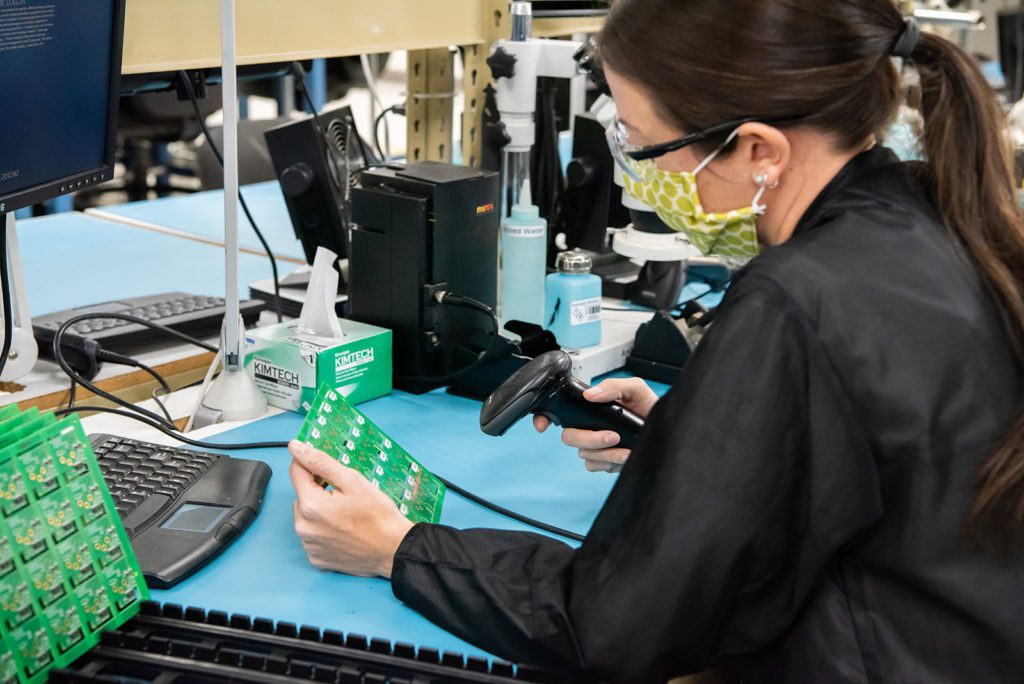Overview
The test and programming of circuit boards often seem to be left as an afterthought to the hardware design – something to be done after the design is solid when an engineer has time to get to it. That approach can lead to higher labor costs and a longer time to market. In our experience, test and programming issues are one of the single biggest causes of product launch delays for our clients. 
Lessons Learned
- Production-Worthy Test Criteria: The design of the test and development process are just as crucial to a project’s success as the design of the hardware itself. Consideration must be given to data management, equipment reliability and maintainability, software revision control, operator interaction methods, and test coverage.
- Higher Labor Costs: The way a test/program process is engineered directly affects how much the test costs in labor. Does the test require a technician to run it, or can it be done by an assembler? The answer depends on how much specialized knowledge is required and has an immediate impact on labor costs.
- Test Plans in the Initial Design: During the design phase, an engineer in a lab can easily plug a cable into a header on a board and use that connection for all communication needed. All too often, however, that test and communication plan doesn’t evolve for production. A cable works great in the lab. When the plan is to make 10,000 pieces though, that cable will break, cause operator fatigue, require specialized knowledge, and add cost.
- Test Validation: This is a step often missing from project plans. Test validation is the process of making sure the tester is performing as expected and the product is responding to the tester as expected. This is often responsible for product launch delays if time isn’t added to the schedule upfront.
- Gage Repeatability and Reproducibility: This is another step that is often overlooked. Any time there are multiple machines being used to test something, there is variation in the results that can lead to both false failures and false passes. Both types of failures cost money and time. Planning a Gage R&R study upfront takes more time initially but makes up for it in a smooth product release timeline.

